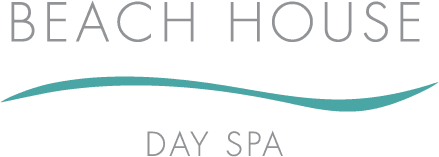Dry brushing, a seemingly simple practice, has deep roots in various cultures and a plethora of health benefits. The art of brushing the skin in specific patterns without the use of water or any product has been practiced for centuries, promising both cosmetic and health benefits.
The Historical Roots of Dry Brushing
The history of dry brushing traces back to several ancient civilizations. The Greeks, for example, used instruments similar to our contemporary brushes to scrape off dirt and improve circulation, especially after athletic contests. Similarly, in India, the Ayurvedic practice of ‘Garshana’ involves rubbing raw silk gloves over the body to exfoliate the skin and enhance blood circulation.
Native American tribes also had rituals where corn cobs and other natural materials were used to scrub the skin, promoting healing and removal of impurities. Meanwhile, dry brushing evolved into the practice known as “Kese,” used in traditional bathhouses or ‘Hammams’ in Turkey to exfoliate and cleanse the skin.
This cross-cultural prevalence suggests that people, regardless of geographical or cultural boundaries, recognized the inherent value of this ritual.
The Proper Technique
For an activity so ancient, the method of dry brushing is beautifully straightforward:
- Choose the Right Brush: Opt for a brush with natural, firm bristles and a long handle to help reach all areas of your body.
- Start from the Feet: Always begin at your feet and move upwards. This respects the flow of the lymphatic system.
- Use Long, Smooth Strokes: Brush towards your heart, the center of circulation. When you reach your arms, start from your fingers and move upwards.
- Be Gentle: While the pressure should be firm, it shouldn’t cause pain or deep redness. Delicate areas, like the chest or face, require a gentler touch.
- Consistency is Key: For best results, dry brushing should be done daily before showering, allowing you to wash away the exfoliated skin.
Health Benefits of Dry Brushing
- Exfoliation: The most immediate benefit of dry brushing is the removal of dead skin cells, which promotes smoother, healthier skin and enhances skin’s ability to absorb nutrients from moisturizers or oils applied afterward.
- Lymphatic System Stimulation: The lymphatic system plays a crucial role in immune function. Brushing encourages the movement of lymph fluid, which can help in the removal of waste and toxins.
- Increased Blood Circulation: Dry brushing can improve circulation, which helps in nutrient distribution throughout the body, leading to better skin health and overall vitality.
- Reduction of Cellulite: Though evidence is anecdotal, many believe that dry brushing helps in distributing fat deposits, reducing the appearance of cellulite.
- Stress Relief: The act of brushing can be meditative and calming, much like a massage, helping to decrease muscle tension and feelings of stress.
- Revitalized Energy: Some practitioners find that dry brushing acts as an energizer, giving a jolt of vitality, possibly due to increased circulation.
While the scientific community is still exploring some of the proposed benefits of dry brushing, its historical depth and the testimonials of countless practitioners worldwide speak volumes. Incorporating this ritual into a daily routine might offer you a refreshed skin, revitalized spirit, and a connection to ancient traditions.
